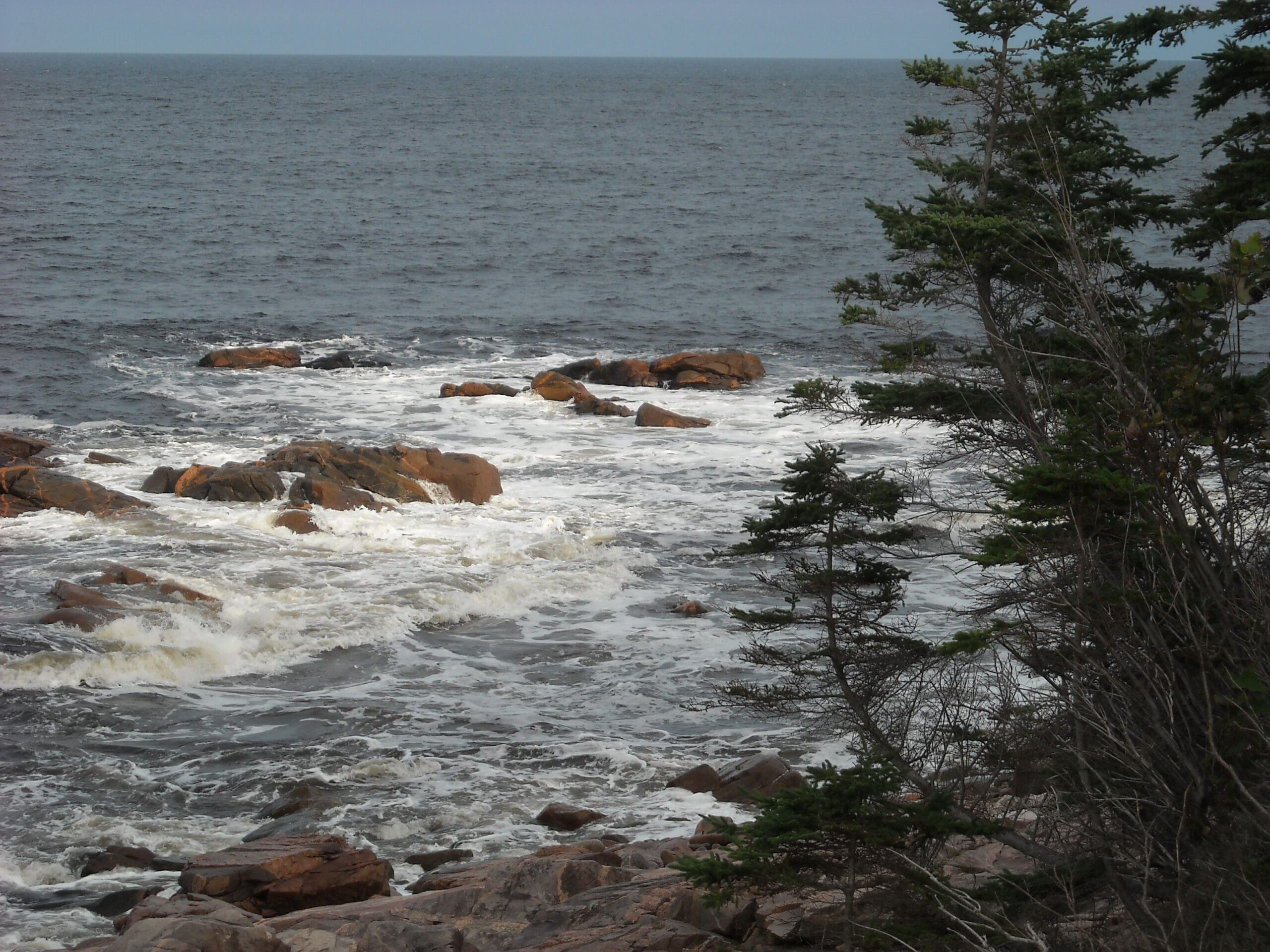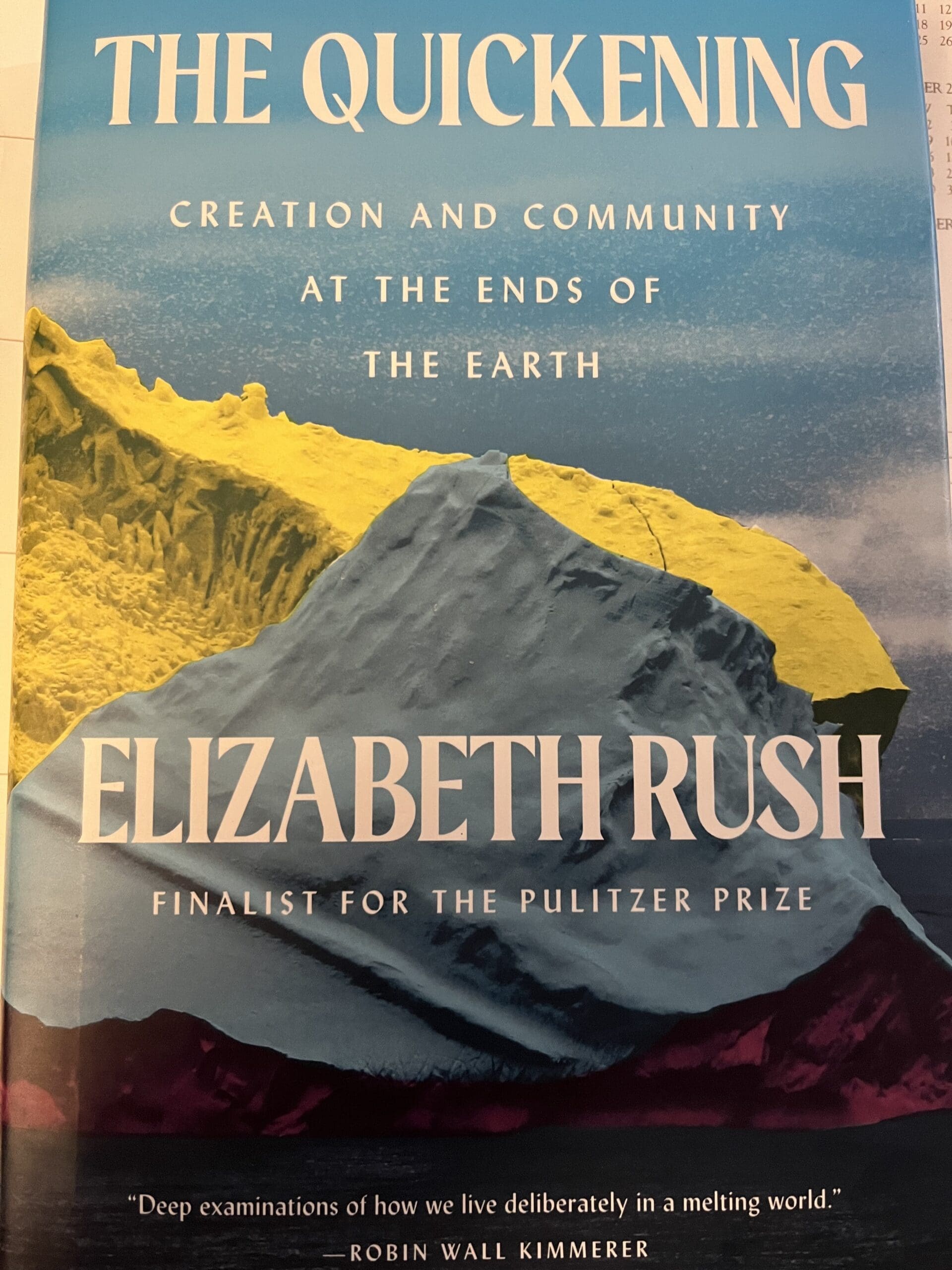Biodiversity 11: Warming Oceans, Moving Shorelines & Sea Level Rise
A 12-week course with Jim Laurie
Fall Course 2024, Wednesdays, starts September 18

Photograph by Jim Laurie
Are Antarctica’s glaciers stable?
Humanity may be facing the most challenging time in its history. The oceans are warming rapidly and causing larger storms and hurricanes. The polar regions are warming three times faster than the rest of the world. The Arctic Ocean is now ice free much of the year and many of Greenland’s glaciers are sliding into the sea. What about Antarctica? Scientists are very concerned about the stability of Thwaites Glacier.
Global sea level has risen about 4 inches in the last 30 years and it’s accelerating. Cities like Miami, Djakarta, and Bangkok are already seeing big changes on their coastlines. Scenarios for sea level rise by 2100 range from 2 feet to 6 feet to 20 feet. Why this huge variation? How will sea level rise affect Boston, Amsterdam, Tokyo and other cities in your neighborhood? How far will coastlines move inland in Louisiana and Bangladesh?
How are the warming oceans connected to the lethal heat domes and increasing forest fires we are now facing? Will this warming trend continue? When will we get back to normal? What can be done to break the ocean’s fever and cool the planet? Are the glaciers in Antarctica stable or will they soon be sliding out to sea? Let’s find out.
In the Biodiversity 11 course, we will be taking a Deep Dive into these questions to learn how the Earth’s systems interact. Can Nature’s ecosystems cool the oceans and slow sea level rise? Is it better to build sea walls to protect cities or retreat human communities upland and restore coastlines with Living Shorelines? Restoration possibilities include mangroves, sea grasses, kelp forests with sea otters, salt marshes, mussels, oysters & clams. Filter feeding forage fish like menhaden, anchovies & sardines could anchor food webs of predator fish & sea birds.
Format
This is a 12-week course that meets every Wednesday, starting September 18, 2024 and running into December 2024. Classes will be held from 12 – 2 pm ET and 7 – 9 pm ET on Zoom. Students can choose either class time to accommodate their schedules.
The course will have reading assignments, slide presentations, videos, and breakout sessions to discuss topics raised in class and to get to know your classmates. Instructor Jim Laurie’s goal is that each person shares something and learns something new in each class. There are many “old timers” who have taken several courses, but we also have new people in each course. The Old Timers are eager to encourage the “Newbies” and help them catch up and feel comfortable as part of the Symbiosis Team.
Main Book for the Course:
1. The Quickening: Creation and Community at the Ends of the Earth
by Elizabeth Rush (2023)
Travel on the first research vessel ever to go to Thwaites Glacier in Antarctica with award winning author Elizabeth Rush. This is a true adventure story where we meet the ship’s crew and research teams. We see their successes as well as many disappointments. Rush has been documenting Sea Level Rise for years by meeting coastal people already affected. Her previous book “Rising” was nominated for a Pulitzer Prize.
Watch Elizabeth Rush read from her book “Rising” (52 minutes).
Optional Book for the Course:
2. The Light Eaters: The Unseen World of Plant Intelligence
by Zoë Schlanger (2024)


Are you ready to transform your understanding of how life on the planet works and how we can play a role? Join us as we follow the transformation of leading writers and thinkers to a deeper understanding of natural systems, our role, and the ability of nature to cool the planet.
While each course builds on our understanding, you do not need to have taken any of the previous Biodiversity Courses.
Your Instructor
Jim Laurie discovered the magical power of nature in his work as a biologist in the chemical industry to clean toxic wastewater with “Living Machines.” His career turned to restoration biology and teaching. You will enjoy his interactive and thought provoking style which makes science accessible, while still being comprehensive.

Whether this is your first or tenth course, please join us if you are curious about nature and its power to restore ecosystems to abundance. The veterans of previous classes will help you catch up in your learning. We are developing into a “Symbiosis Team” to ameliorate or reverse the impacts of Global Warming. Everyone has much to learn and share and there is much to be done. We need and appreciate your enthusiasm on the team, and encourage people to join at the level that they are able to. Sliding scale pricing is available, as are scholarship options. To join us, register below!
